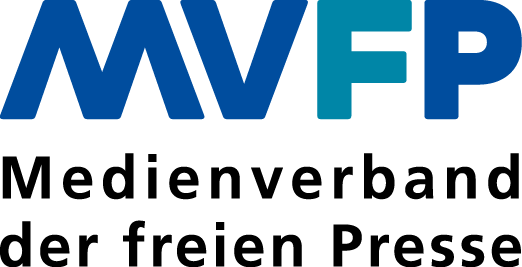UPM: „Magazines are natural hotbeds of innovation“
Innovation has always been, and always will be, the lifeblood of magazine publishing. TIME magazine was started 100 years ago as an “exercise in foresight”, in the words of co-founder Henry Luce. Today, it reaches the largest audience in its history, with over a million print magazine subscribers in the United States alone. Across a century of global transformation, it has been a symbol of “constancy and change” showing that making history is inextricably linked with building the future.
Magazines are natural hotbeds of innovation. Starting with a blank sheet, they are challenged to create a complete and compelling vision on a weekly, monthly, or quarterly basis. This demands creativity, foresight, and a dedication to excellence. Unlike transient media, which deal in pixels, magazines must present a complete and lasting forward view, preserving it in a paper product that will stand the test of time – as it is passed between hands, re-read or even collected.
Simply, there is a great and growing love for magazines, both enduring iconic titles that are constantly re-inventing themselves - and bold new entrants that understand the print medium presents a huge opportunity to connect with their audience and advertisers.
Take two contrasting examples: When the team at Germany’s iconic Brigitte, read by approximately two million women, planned their hugely successful relaunch – they not only focused on the best content, graphics and design, but were determined to deliver the best tactile experience and feel of the publication. Readers enjoy leafing through the pages and the generosity of the visuals, all of which build up more closeness and privacy than other media.
The relationship between content and object goes even deeper for a speciality magazine like “Tasting Kitchen” (TK), which started life as a newspaper column before growing into Asia’s leading epicurean print and digital publication. Here, the team set out to deliver such sort of high production values that make it a collector’s item, going as far as to seek a sensual experience that matches touch with images, fuelling the imagination of fine food.
Print is also playing a vital role in supporting adults keen to “de-tox” on digital with an alternative menu of options to those we consume through a screen, while parents are becoming equally concerned by the impacts of screentime on children’s cognitive development, coupled with an increasing awareness of the benefits of print magazines as a more responsible entertainment and education option. No surprise then, that we see a boom in kids magazine publishing with quality titles such as National Geographic Little Kids, designed to encourage younger kids to read with their parents and flip through the pages together.
It’s impossible to disconnect the media’s responsibility towards creating products for future generations without addressing their environmental impact. Sustainable practices are becoming increasingly adopted by publishers and it will be essential to harness paper’s unique strengths as a tangible and lasting medium for entertainment and education alike. From responsibly sourced paper supply to advancements in printing methods, minimising wastage, enhancing of recycling, and improving efficiency must be front of mind.
UPM remains committed to supporting the ingenuity and bold strategies of the magazine publishing community, as they find new ways to captivate readers and attract brands to their platforms. The value of print as a physical marker of “realness” and a document of the past is frequently spoken about, without acknowledging the connection this has to building the future.
We should appreciate paper's unique role as both a record-keeper of the past and a tool for shaping the future. As we navigate and confront urgent social and environmental challenges, we should always keep in mind the power and potential of print as a medium for shaping the world we live in, for the better.





